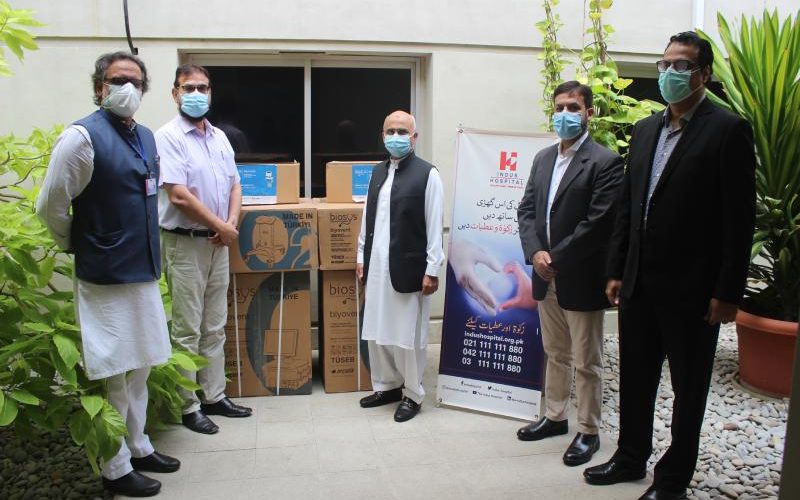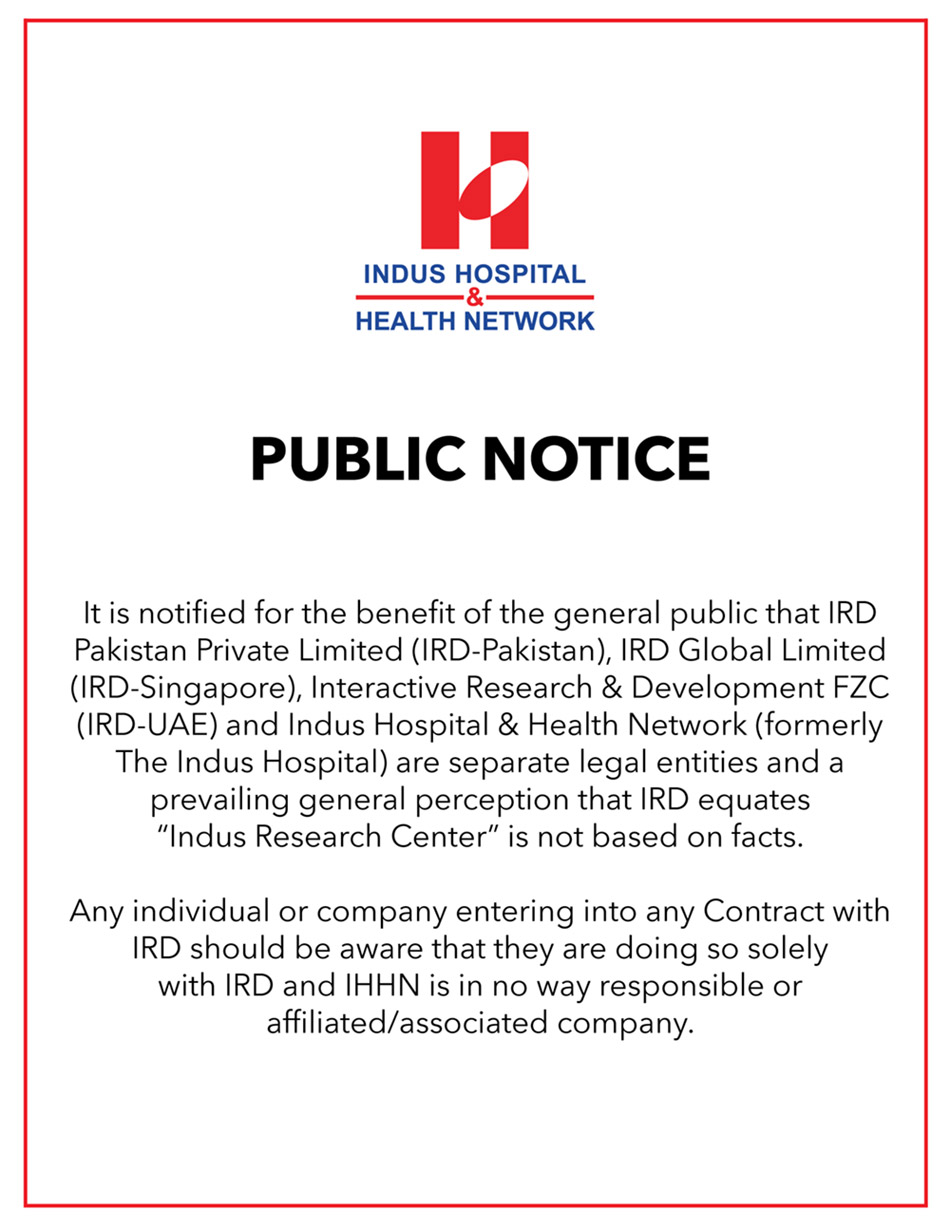DAWLANCE CONTINUES ITS LEGACY OF PUBLIC SERVICE BY DONATING VENTILATORS TO THE INDUS HOSPITAL
Karachi, September 3, 2020: Pakistan is still facing the shortage of healthcare supplies needed to combat the Novel Coronavirus pandemic. Doctors still desperately need ventilators, or machines that help people unable to breathe on their own. Analytics company GlobalData estimates worldwide demand for ventilators alone stands at about 880,000 machines. The total number of working ventilators, according to sources, is 1650 for a population of 212.8 million with the picture varying from province to province.*
Every conscientious individual and organization is trying to bridge the gap between the demand and supply of life-saving equipment. One such initiative has been taken by the Dawlance group – a leading home appliances company. Being a market leader in manufacturing home appliances, Dawlance also has a history of serving the local community and as a socially-responsible organization, it has been supporting the Indus Hospital by donating PPEs other equipment.
Mr. Umar Ahsan Khan, Chief Executive Officer of Dawlance and some other members of the senior management team visited the Indus Hospital to donate ventilators and face shields. The new ventilators will add to the existing respiratory machines/devices to help COVID and other patients of respiratory diseases who are in need of mechanical support to continue breathing.
Dr. Abdul Bari Khan, Chief Executive Officer, Indus Hospital and Mr. Mashhood Rizvi, Executive Director, Communication and Resource Development, Indus Hospital received donation. “Dawlance is committed to contribute generously to save precious lives in Pakistan and we offer our logistic resources to accomplish the mission of Indus Hospital”, said Mr. Ahsan. Mr. Mashhood Rizvi thanked the Dawlance team for their continuous support and briefed them about the journey, initiatives, and achievements of the Indus Health Network.
Both the organizations agreed to continue this partnership to a higher level.
*https://jglobalbiosecurity.com/articles/63/print/




